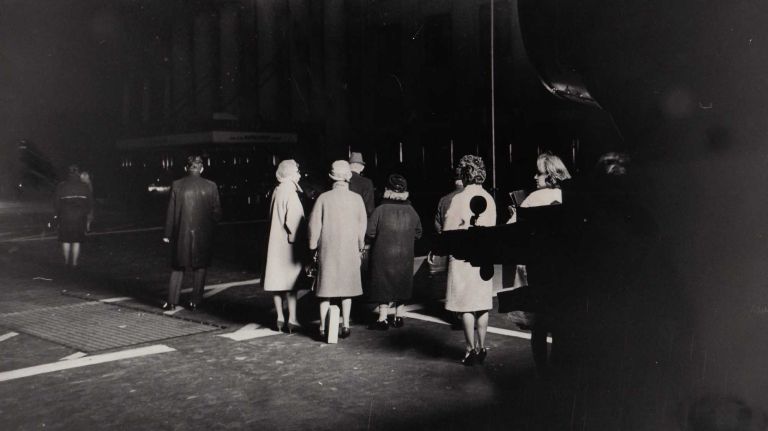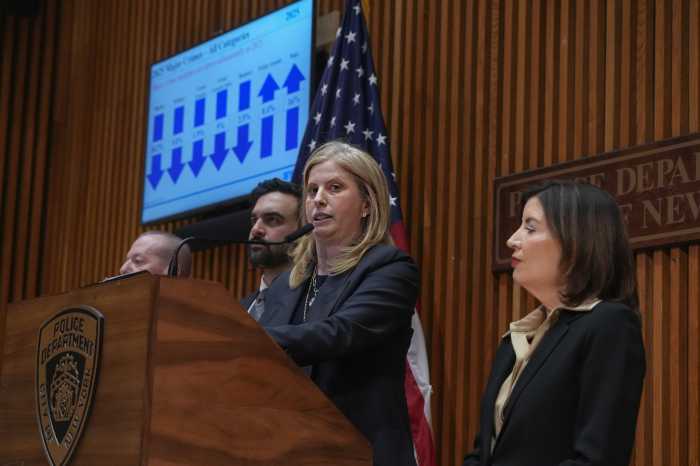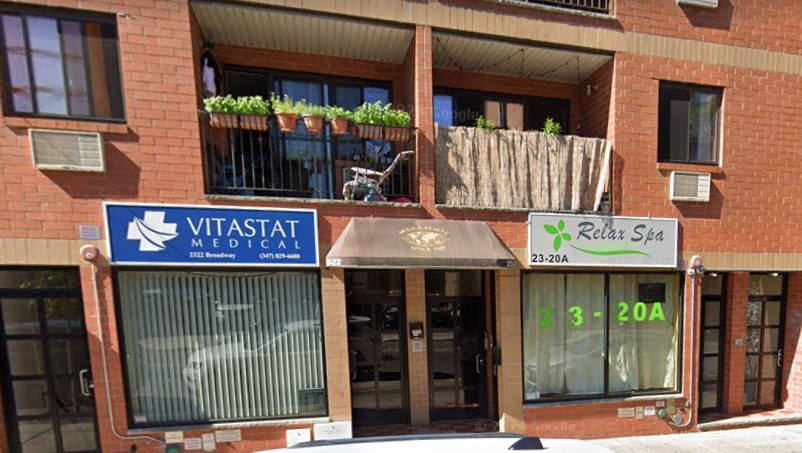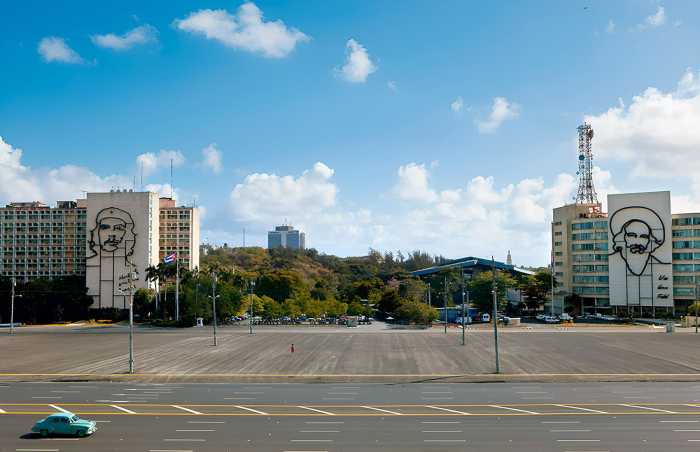-

Photo Credit: Newsday / John Curran -
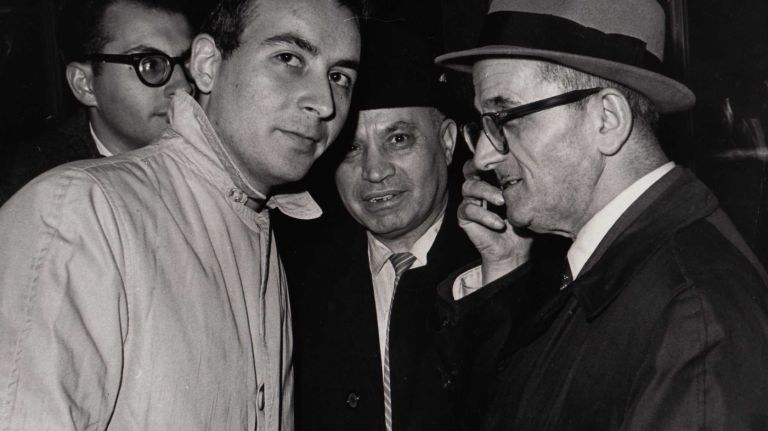
Photo Credit: Newsday / John Curran -

Photo Credit: Newsday file photo -

Photo Credit: Newsday / Jim Cavanagh -

Photo Credit: Newsday / John Curran -
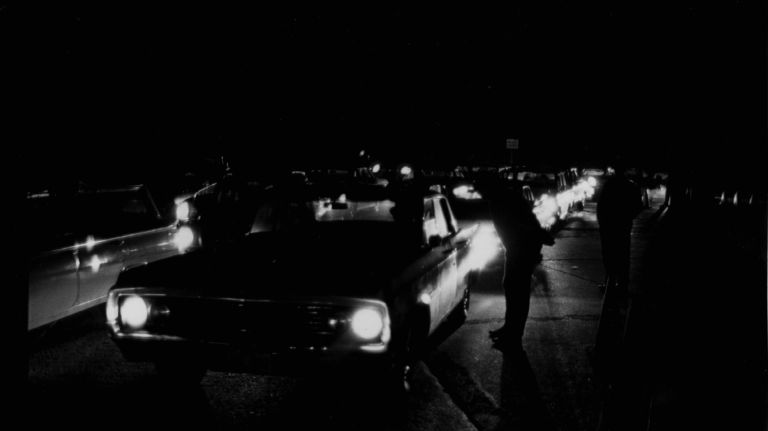
Photo Credit: Newsday / Bill Senft -
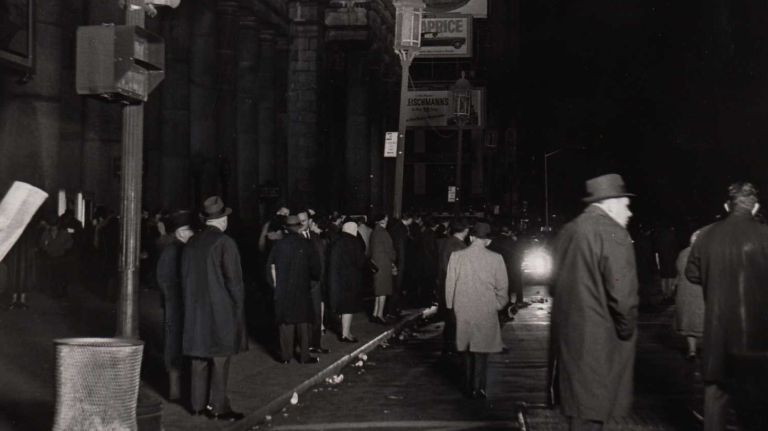
Photo Credit: Newsday / John Curran -

Photo Credit: Newsday / Jim Maguire -
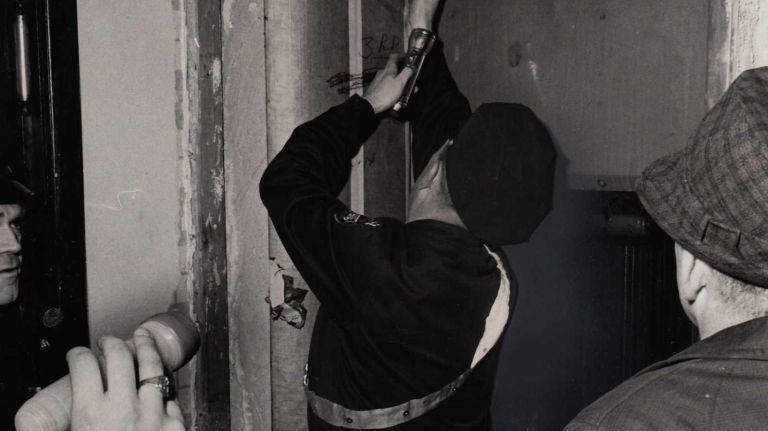
Photo Credit: Newsday / Jim Cavanagh -
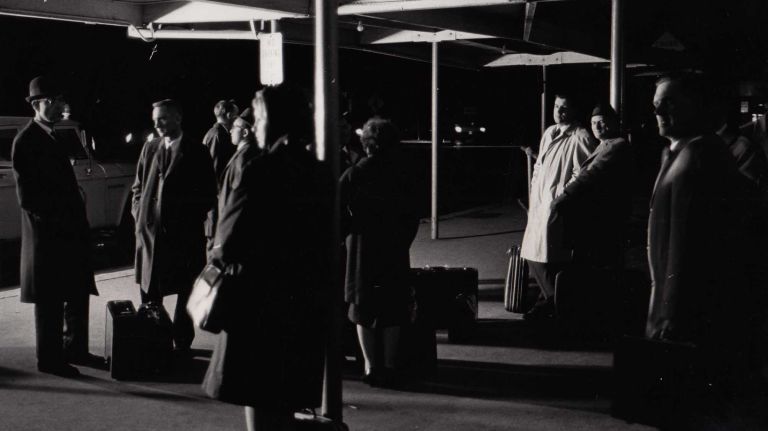
Photo Credit: Newsday / Jim Maguire -
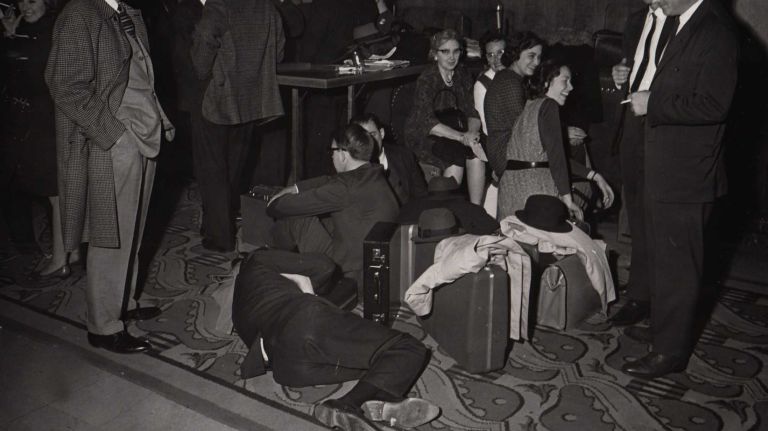
Photo Credit: Newsday / Jim Cavanagh -
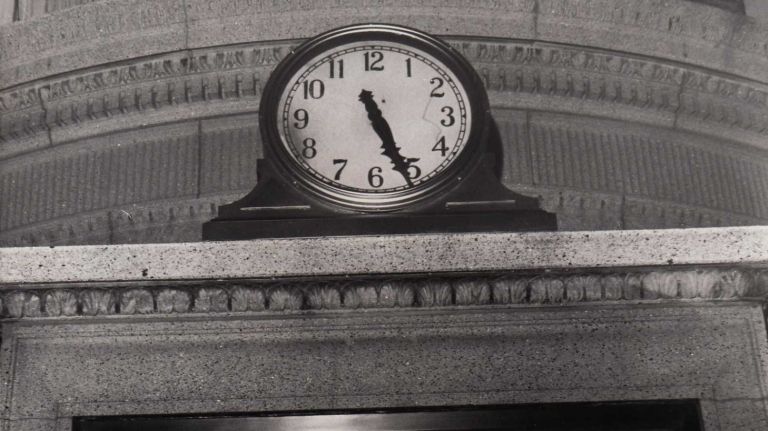
Photo Credit: Newsday / Marvin Sussman -
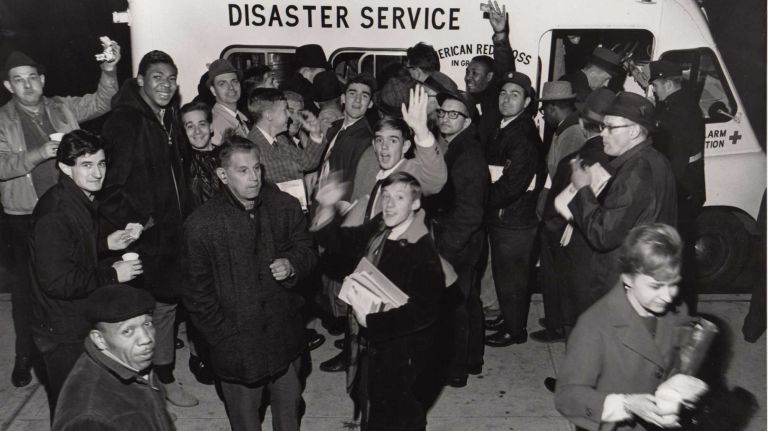
Photo Credit: Newsday / Marvin Sussman -
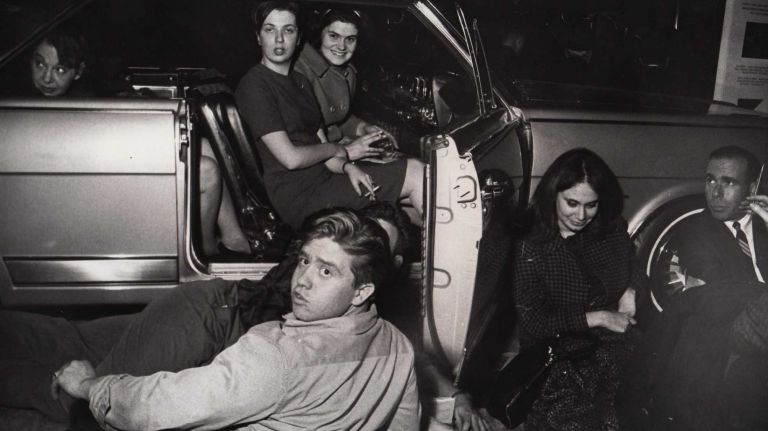
Photo Credit: Newsday / Jim Cavanagh -
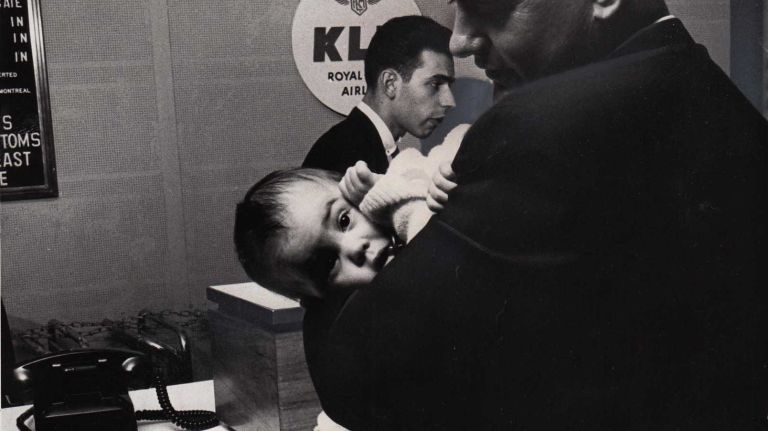
Photo Credit: Newsday / Homer Hartness -
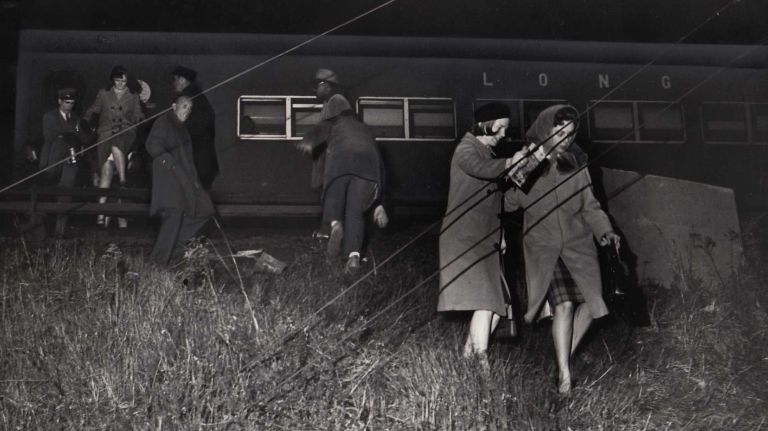
Photo Credit: Newsday / Marvin Sussman -

Photo Credit: Newsday / Jim Maguire -

Photo Credit: Newsday / Marvin Sussman -
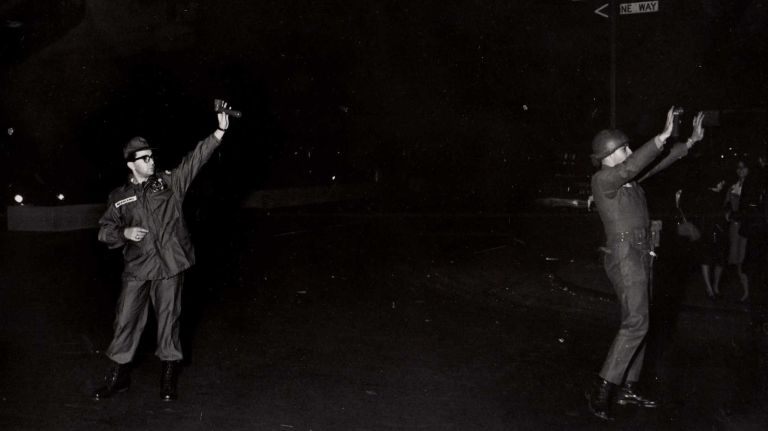
Photo Credit: Newsday / Jim Cavanagh -

Photo Credit: Newsday / John Curran
It was the mother of all blackouts, plunging the city into an immobilizing darkness that would last for hours.
At about 5:27 p.m. on Nov. 9, 1965, a colossal power failure spread through the Northeast. While it lasted only one night, the Great Blackout of 1965 would profoundly affect how Americans viewed the vulnerability of their cities’ power systems.
Electricity was knocked out for about 30 million people in about a half-dozen states including New York and two Canadian provinces.
In the city, more than 800,000 people were stranded on paralyzed subway trains underground, on bridges and between stations. Thousands more were stuck hundreds of feet above ground in disabled, stifling elevator cars. Meanwhile, teams of citizens helped police direct traffic and travelers at the city’s major airports watched runway lights go off and their chances of catching their flights dim. The National Guard was called out.
In spite of this all, the city did not unravel in violence and looting. Many subway riders walked along darkened tracks to the next station and exited; elevators had safety devices that allowed them to be lowered quickly so that passengers could be let out. By about 3:35 a.m., power was restored to midtown Manhattan. Some parts of Brooklyn and Staten Island never lost power.
A survey taken of New Yorkers following the blackout found that “there is no evidence that they perceived any real or potential threat in the situation.” The cause of the blackout was a faulty relay in Ontario, Canada, that sent a surge of power south that overloaded transmission lines.
Here are rare images from the blackout, showing how New Yorkers survived a night they would probably never forget.



